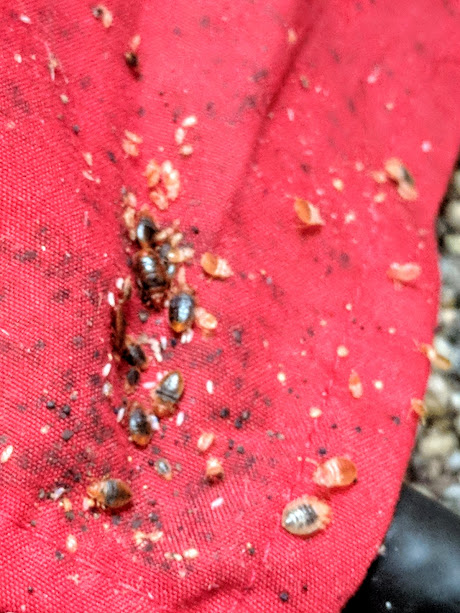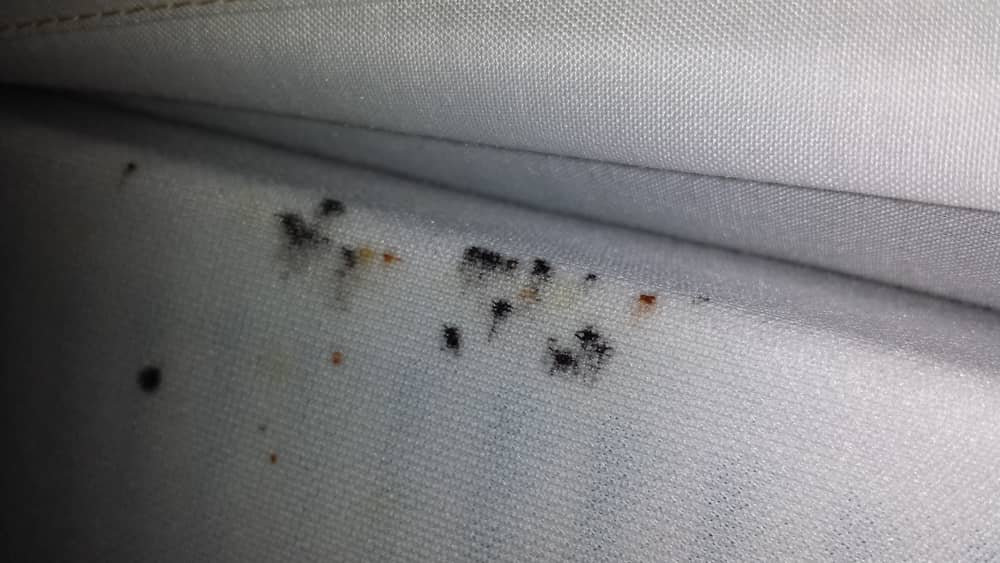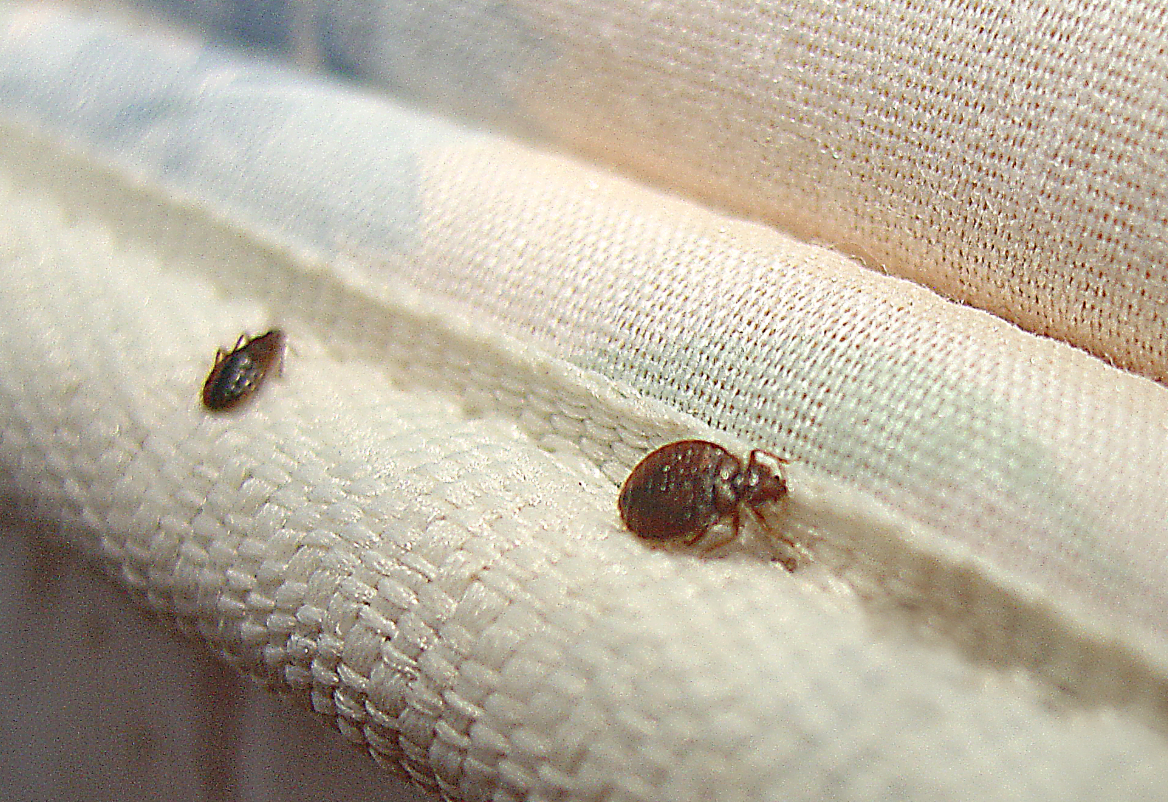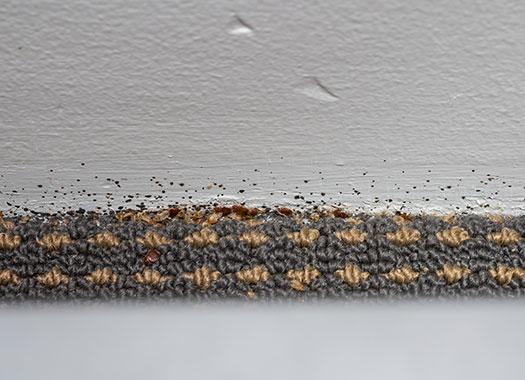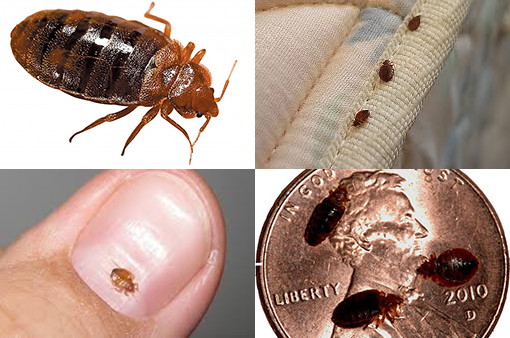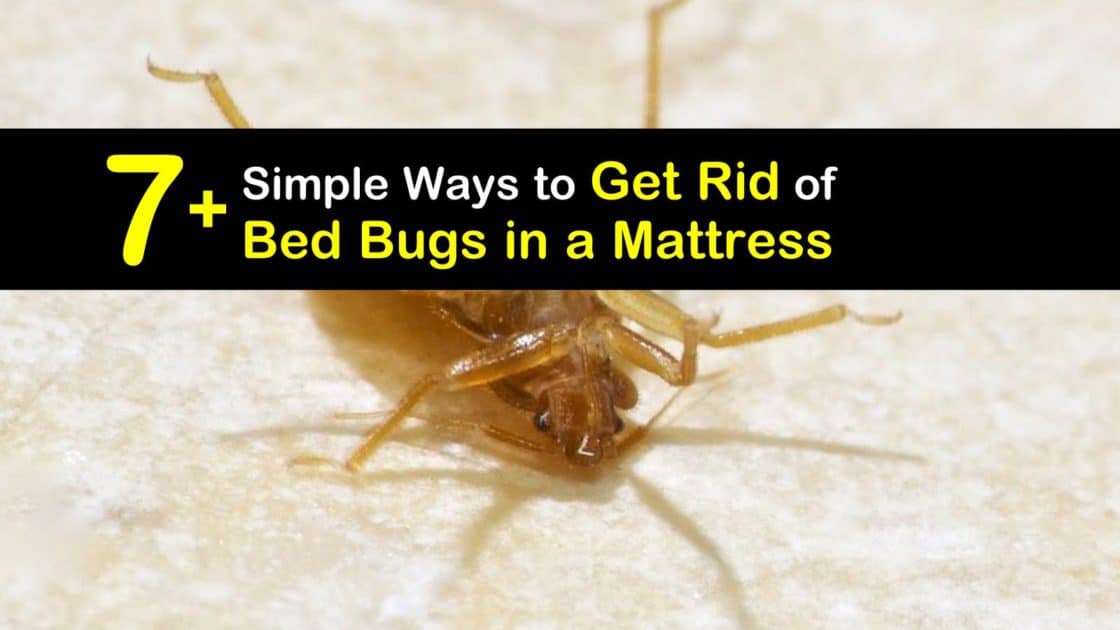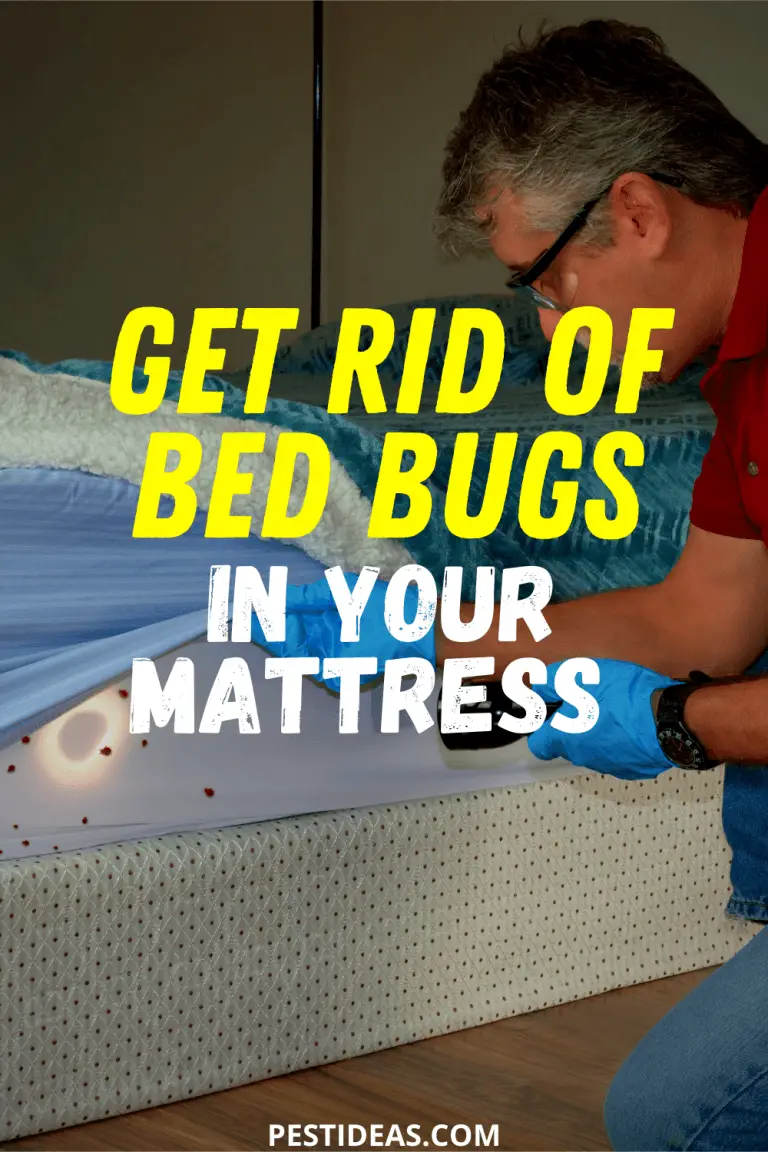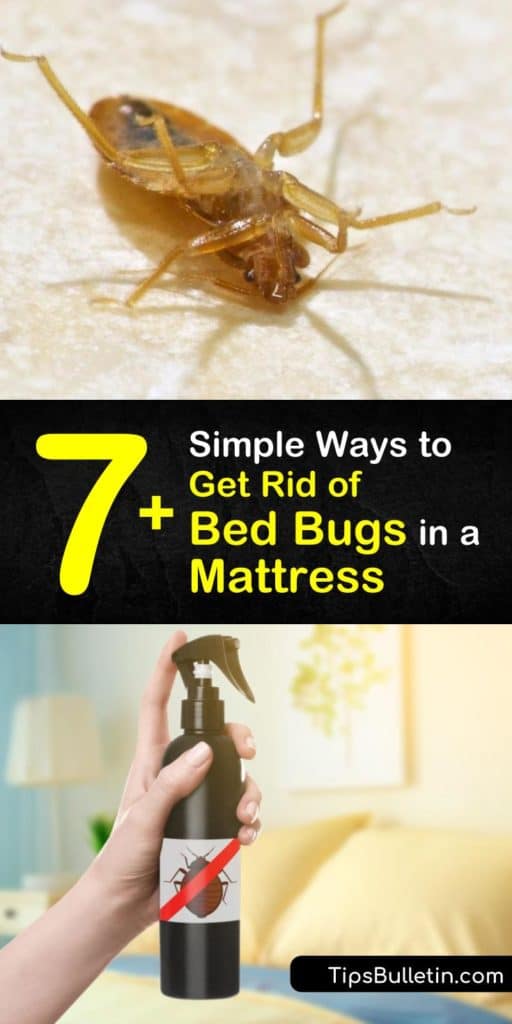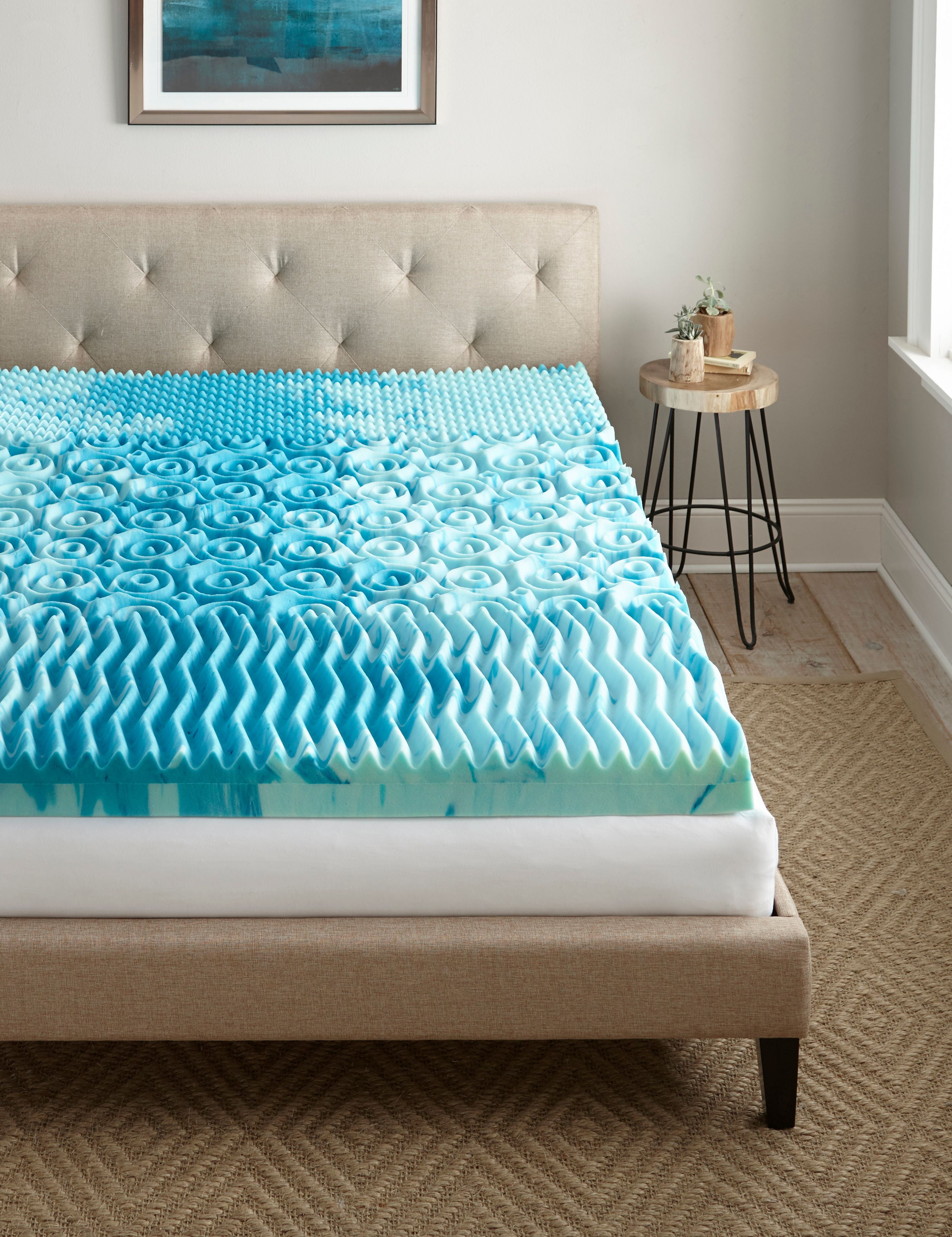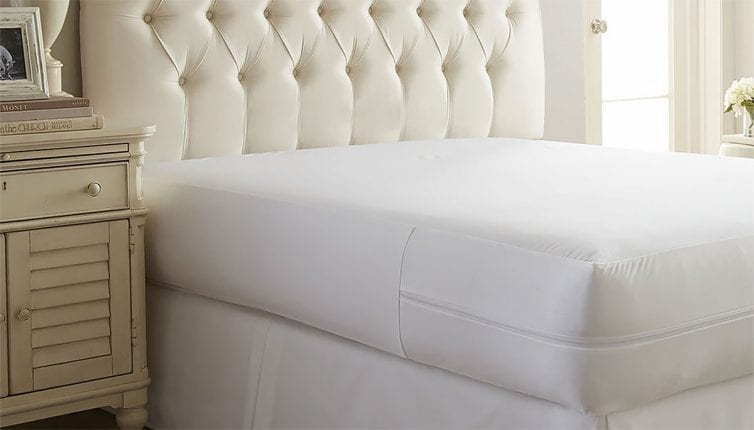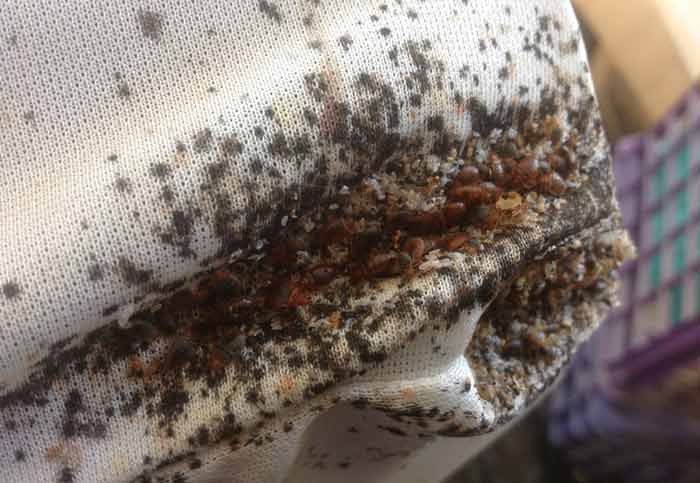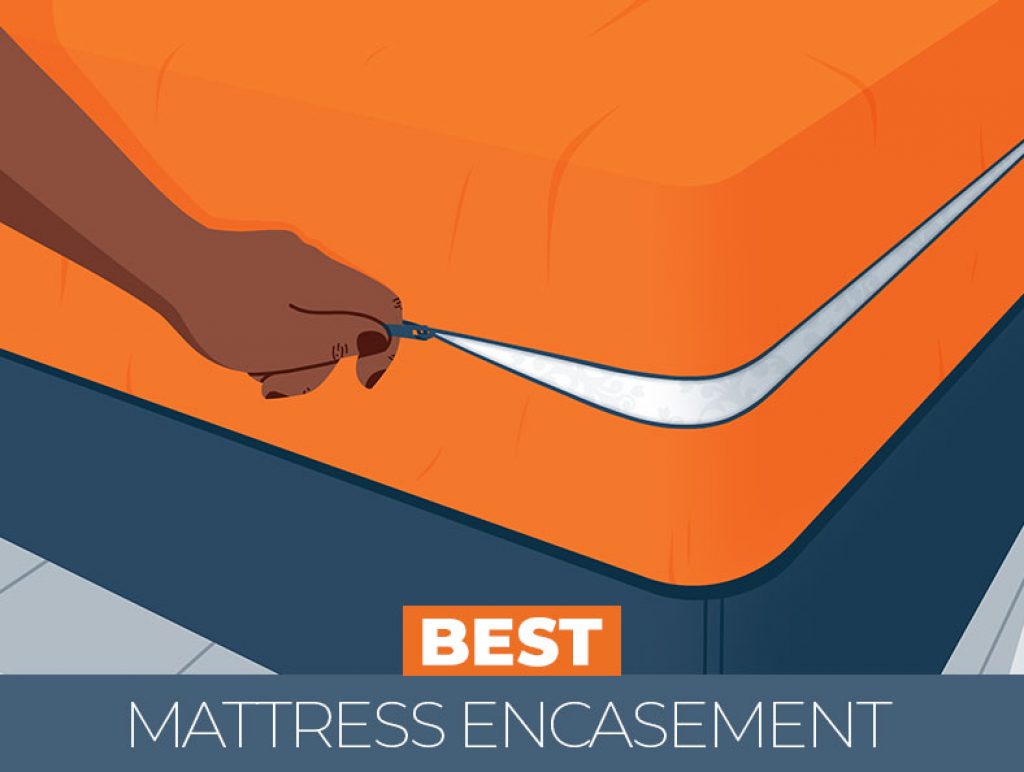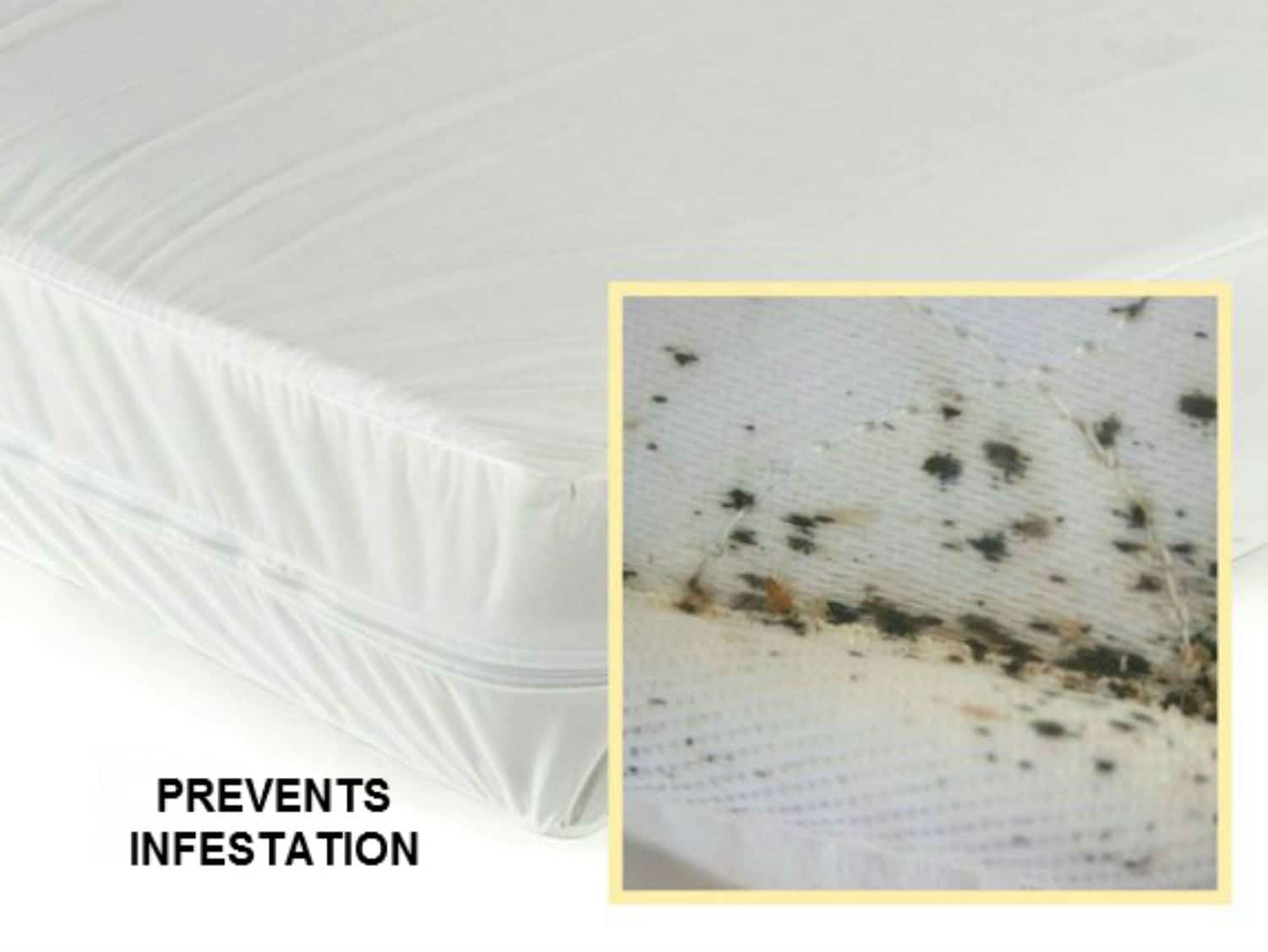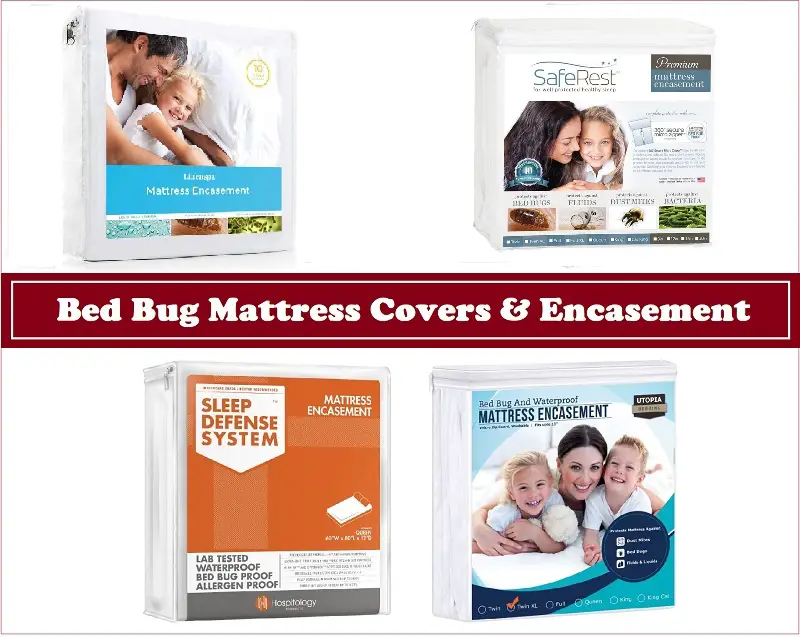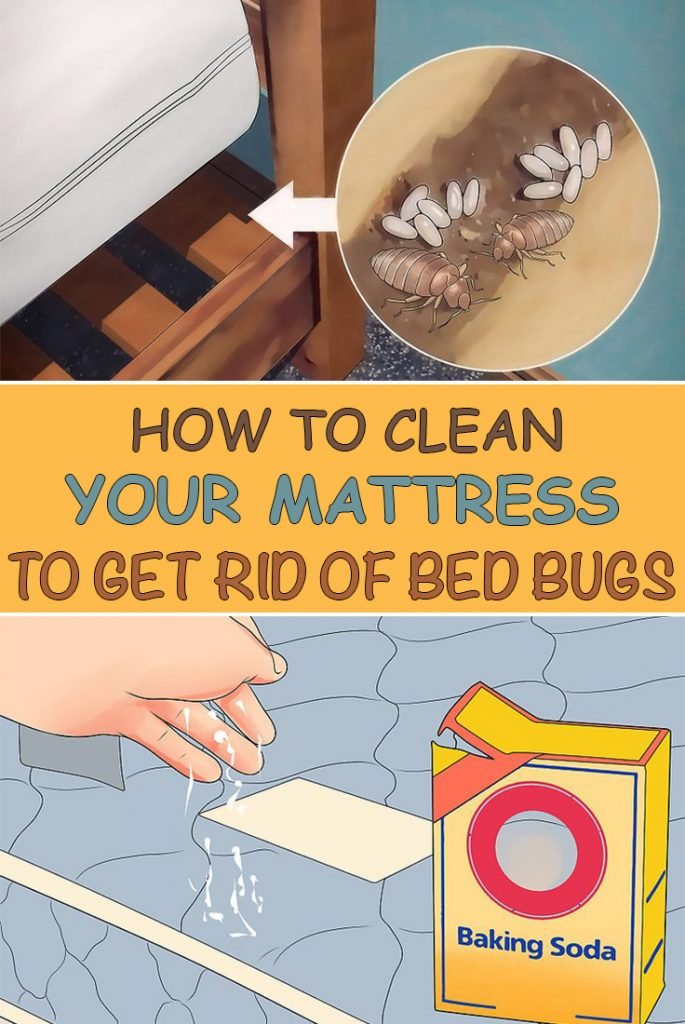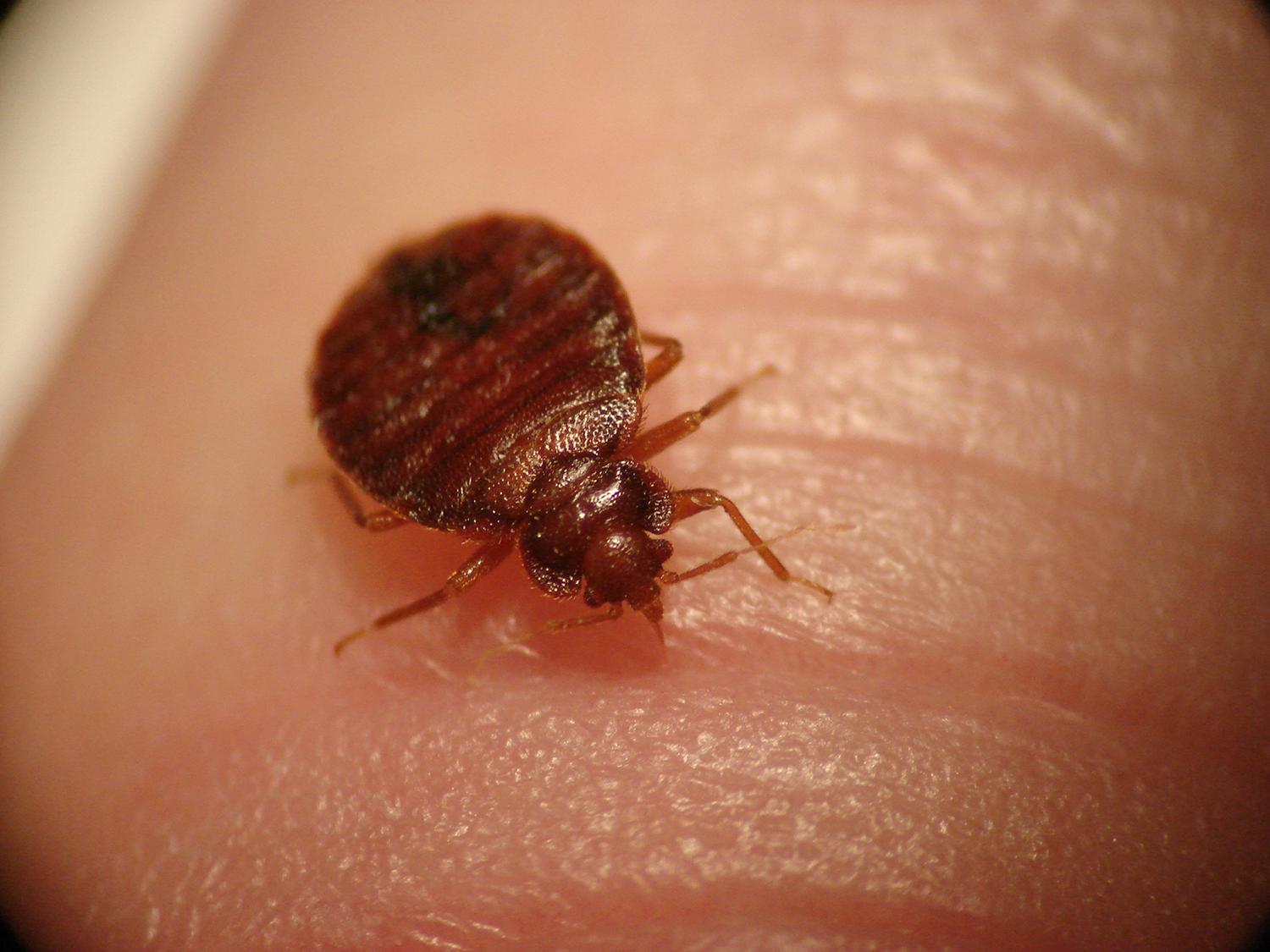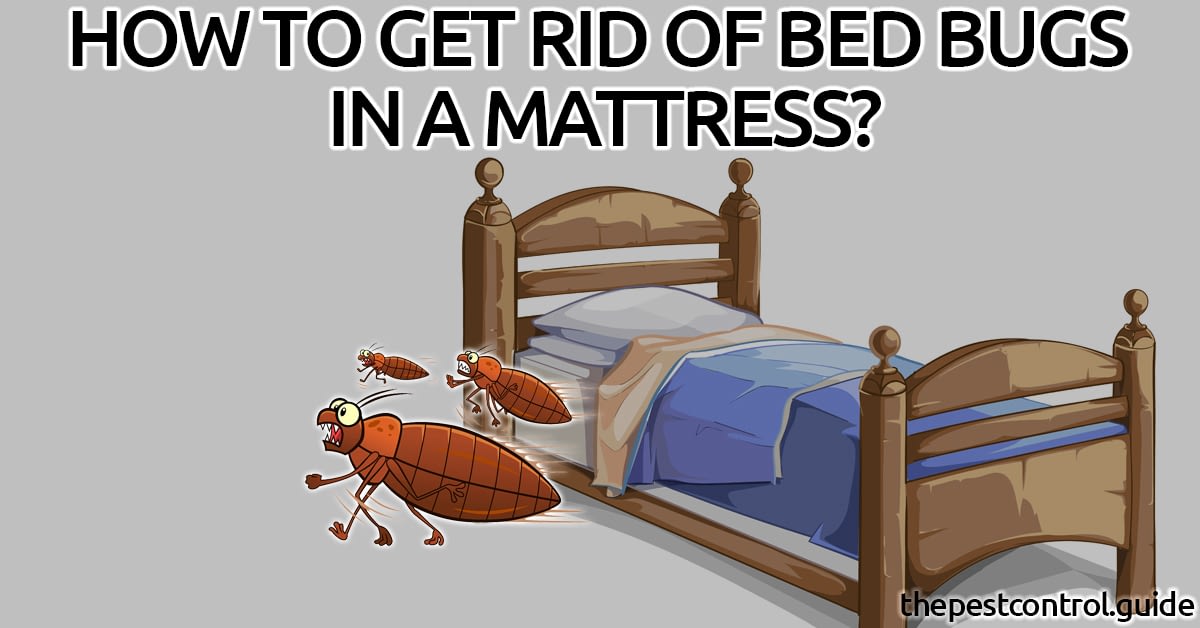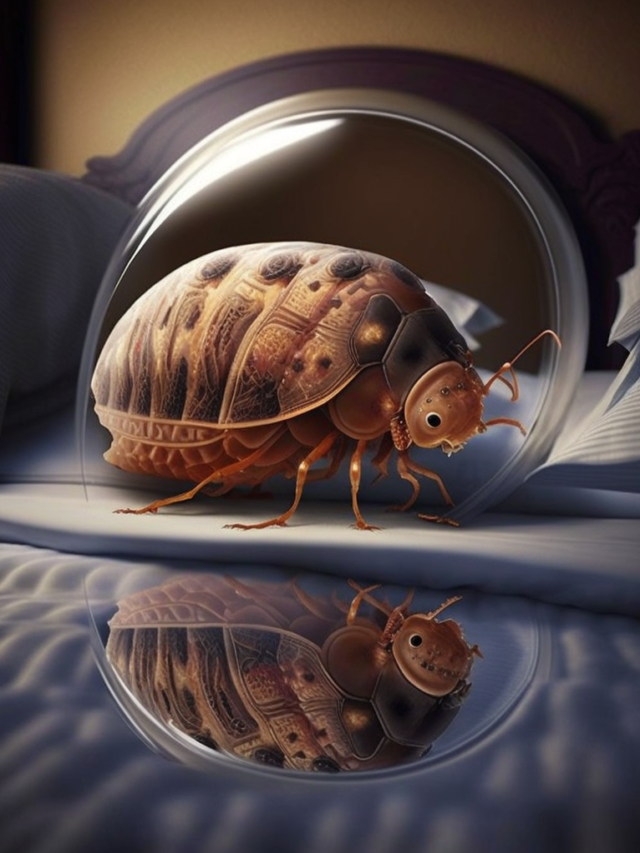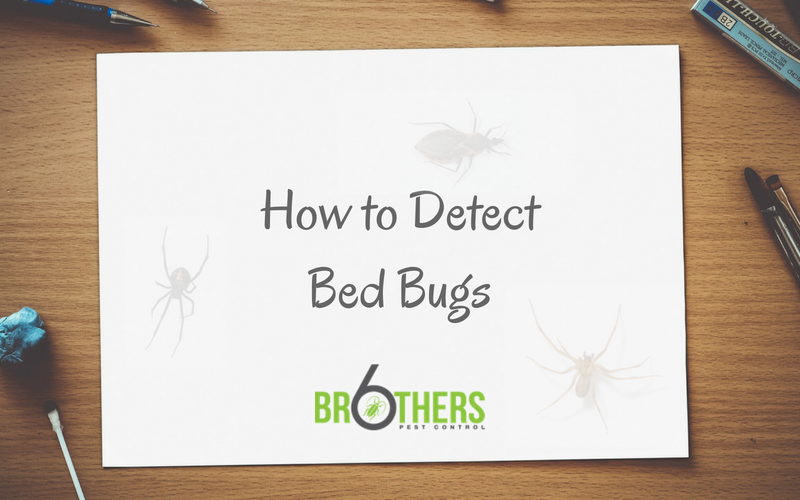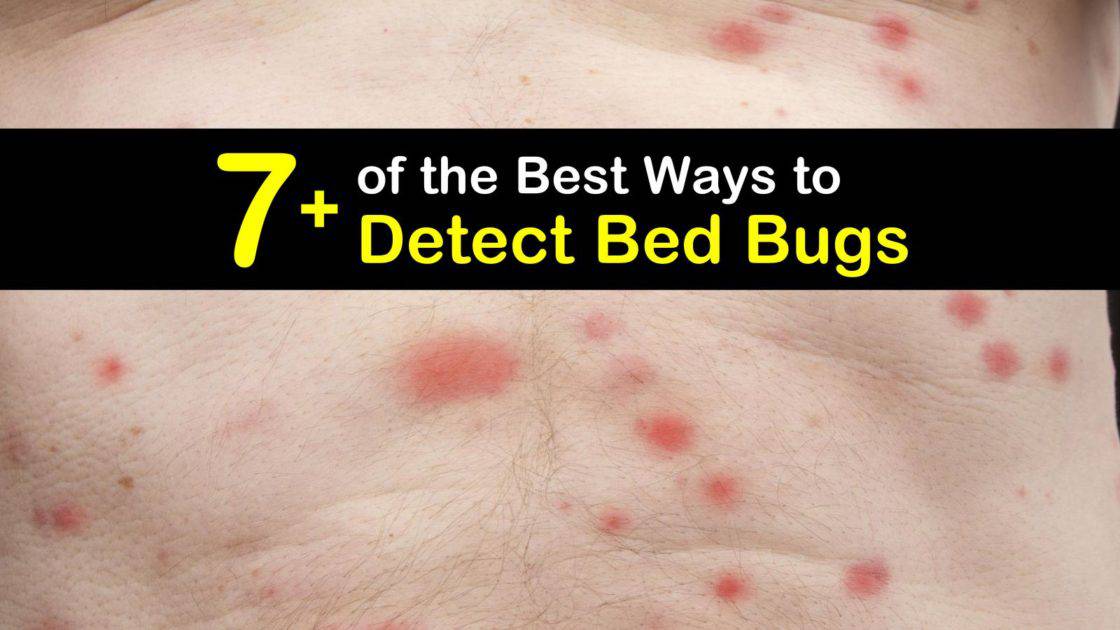1. Early Signs of Bed Bugs on Mattresses
It is every homeowner's nightmare to discover bed bugs in their home, especially on their mattresses. These tiny pests can quickly turn your comfortable bed into a place of discomfort and distress. The key to preventing a full-blown bed bug infestation is to catch them early. Here are some early signs to look out for on your mattress:
Bed bug bites: These bites often appear in a line or cluster and can cause redness, itching, and swelling. If you notice unexplained bites on your body, it could be a sign of bed bugs on your mattress.
Blood stains: Bed bugs feed on human blood, and after a meal, they leave behind small reddish-brown stains on your sheets or mattress. These stains are a result of crushed bed bugs or their droppings.
Musty odor: Bed bugs release pheromones, and when there is a large infestation, you may notice a musty, sweet smell in your bedroom. This odor is often strongest near the mattress or other infested areas.
2. How to Identify Bed Bugs on Your Mattress
Identifying bed bugs on your mattress is crucial in preventing them from spreading to other areas of your home. Here are some ways to identify these pesky pests:
Visual inspection: Carefully examine your mattress, especially the seams, for any signs of bed bugs. They are small, brown, and oval-shaped, and you may also see their shed skins or eggs.
Bed bug detectors: These are specialized traps that you can place under your mattress or around the bed to capture any bed bugs that may be present. They are an effective way to confirm an infestation.
Dogs trained to detect bed bugs: Some pest control companies use specially trained dogs to sniff out bed bugs on mattresses and other furniture. This can be a quick and accurate way to identify an infestation.
3. Preventing Bed Bugs on Your Mattress
Prevention is always better than dealing with a full-blown infestation. Here are some tips to prevent bed bugs from infesting your mattress:
Inspect second-hand furniture: If you are buying used furniture, be sure to thoroughly inspect it for any signs of bed bugs before bringing it into your home.
Use protective covers: Encase your mattress and box spring in a bed bug-proof cover to prevent any bed bugs from getting in or out. These covers are also helpful in trapping any existing bed bugs inside.
Keep a clean home: Clutter and debris provide hiding spots for bed bugs. Regularly vacuum and declutter your bedroom to reduce the chances of an infestation.
4. Mattress Covers for Bed Bug Protection
Using a mattress cover is one of the best ways to protect your bed from bed bugs. Here are some features to look for when choosing a cover:
Zippered design: The cover should have a zipper that fully encases your mattress and box spring, leaving no gaps for bed bugs to enter or escape.
Hypoallergenic material: Look for covers made from hypoallergenic materials to prevent any allergic reactions or skin irritations.
Waterproof: A waterproof cover can also protect your mattress from spills and stains, making it easier to clean and maintain.
5. How to Get Rid of Bed Bugs on Your Mattress
If you have discovered bed bugs on your mattress, it is crucial to take immediate action to get rid of them. Here are some ways to eliminate bed bugs on your mattress:
Heat treatment: Bed bugs cannot survive in extreme temperatures, so using a steam cleaner or placing your mattress in a hot dryer can effectively kill them.
Insecticides: There are several insecticides specifically designed to kill bed bugs. Be sure to read and follow the instructions carefully, and use caution when applying them to your mattress.
Professional pest control: If the infestation is severe, it is best to hire a professional pest control company to handle the treatment of your mattress and other infested areas.
6. Early Detection of Bed Bugs on Your Mattress
Early detection of bed bugs on your mattress is key in preventing them from spreading to other areas of your home. Here are some tips for early detection:
Regularly inspect your mattress: Make it a habit to inspect your mattress and sheets for any signs of bed bugs, especially after traveling or staying in a hotel.
Use bed bug interceptors: These are small plastic cups that can be placed under the legs of your bed to trap any bed bugs trying to climb onto your mattress.
Monitor your bites: If you are waking up with unexplained bites, it is essential to investigate and look for other signs of bed bugs on your mattress.
7. Signs of Bed Bugs on Your Mattress
Aside from bites and blood stains, there are other signs of bed bugs on your mattress that you should look out for:
Dark spots: These are fecal stains left behind by bed bugs and can often be found near the seams of your mattress.
Bed bug eggs: These are tiny, white, and oval-shaped and can often be found in the seams of your mattress or in other crevices.
Shed skins: As bed bugs grow, they shed their skin, leaving behind translucent shells that can be found on your mattress.
8. How to Treat a Mattress for Bed Bugs
If you have discovered bed bugs on your mattress, it is crucial to take the necessary steps to treat it as soon as possible. Here are some tips for treating your mattress for bed bugs:
Remove all bedding: Strip your mattress of all bedding and wash them in hot water and high heat to kill any bed bugs and their eggs.
Vacuum the mattress: Use a vacuum with a HEPA filter to thoroughly vacuum your mattress, paying close attention to the seams and crevices.
Steam clean the mattress: Using a steam cleaner on your mattress can effectively kill bed bugs and their eggs, but be sure to follow the instructions carefully.
Use a bed bug spray: There are several bed bug sprays available that can be used on mattresses. Choose one that is labeled for use on mattresses and follow the instructions carefully.
9. Early Signs of Bed Bug Infestation on Your Mattress
Knowing the early signs of a bed bug infestation on your mattress can help you prevent a larger, more difficult-to-manage infestation. Here are some early signs to look out for:
Increase in bites: If you notice an increase in unexplained bites on your body, it could be a sign that bed bugs have infested your mattress.
Musty smell: As mentioned earlier, a musty, sweet smell in your bedroom can be a sign of a large bed bug infestation.
Visible bed bugs: If you see any live bed bugs crawling on your mattress, it is a clear indication of an infestation.
10. How to Inspect Your Mattress for Bed Bugs
Regularly inspecting your mattress for bed bugs is crucial in catching an infestation early. Here is how to thoroughly inspect your mattress for signs of bed bugs:
Remove all bedding: Strip your mattress of all bedding and pillows, and wash them in hot water and high heat to kill any bed bugs and their eggs.
Check the seams and crevices: Use a flashlight to carefully inspect the seams, crevices, and piping of your mattress for any signs of bed bugs or their eggs.
Look for rusty or dark spots: These are signs of bed bug excrement and can often be found on the mattress or nearby furniture.
Inspect the box spring and bed frame: Bed bugs can also hide in the box spring and bed frame, so be sure to thoroughly inspect these areas as well.
In conclusion, early detection and prevention are key in keeping your mattress free from bed bugs. Regularly inspect your mattress and take immediate action if you notice any signs of an infestation. With the right techniques and treatment, you can effectively get rid of bed bugs and enjoy a peaceful, pest-free sleep.
Protect Your Home from Bed Bugs: Why a Mattress Protector is Essential

The Rise of Bed Bugs
 Bed bugs have become a growing problem in households around the world. These small, brown insects feed on human blood and can easily hide in mattresses, furniture, and even clothing. Once they infest a home, they can be difficult to get rid of and can cause a lot of stress and discomfort for homeowners. One of the main ways bed bugs enter a home is by hitchhiking on used furniture, including mattresses. This is why it is crucial to take preventive measures, such as using a mattress protector, to keep these pesky bugs out of your home.
Bed bugs have become a growing problem in households around the world. These small, brown insects feed on human blood and can easily hide in mattresses, furniture, and even clothing. Once they infest a home, they can be difficult to get rid of and can cause a lot of stress and discomfort for homeowners. One of the main ways bed bugs enter a home is by hitchhiking on used furniture, including mattresses. This is why it is crucial to take preventive measures, such as using a mattress protector, to keep these pesky bugs out of your home.
The Importance of a Mattress Protector
 A mattress protector is a thin, waterproof cover that fits over your mattress like a fitted sheet. It is designed to protect your mattress from spills, stains, and other types of damage. But more importantly, it acts as a barrier against bed bugs.
Bed bugs are unable to penetrate the material of a mattress protector, making it an essential tool in keeping them out of your home.
Without a protector, bed bugs can easily burrow into the fabric of your mattress and lay eggs, leading to a full-blown infestation.
A mattress protector is a thin, waterproof cover that fits over your mattress like a fitted sheet. It is designed to protect your mattress from spills, stains, and other types of damage. But more importantly, it acts as a barrier against bed bugs.
Bed bugs are unable to penetrate the material of a mattress protector, making it an essential tool in keeping them out of your home.
Without a protector, bed bugs can easily burrow into the fabric of your mattress and lay eggs, leading to a full-blown infestation.
How a Mattress Protector Can Help
 In addition to preventing bed bugs, a mattress protector can also provide other benefits for your home.
They can help reduce allergens and protect against dust mites, making it a must-have for those with allergies or asthma.
A mattress protector can also extend the life of your mattress by preventing wear and tear, as well as spills and stains. This can save you money in the long run as mattresses can be expensive to replace.
In addition to preventing bed bugs, a mattress protector can also provide other benefits for your home.
They can help reduce allergens and protect against dust mites, making it a must-have for those with allergies or asthma.
A mattress protector can also extend the life of your mattress by preventing wear and tear, as well as spills and stains. This can save you money in the long run as mattresses can be expensive to replace.
Choosing the Right Mattress Protector
 When selecting a mattress protector, it is important to choose one that is made of high-quality materials and is specifically designed to be bed bug-proof. Look for protectors that are labeled as "bed bug encasements" or "bed bug proof" to ensure maximum protection. It is also important to choose a protector that is breathable, hypoallergenic, and easy to clean.
When selecting a mattress protector, it is important to choose one that is made of high-quality materials and is specifically designed to be bed bug-proof. Look for protectors that are labeled as "bed bug encasements" or "bed bug proof" to ensure maximum protection. It is also important to choose a protector that is breathable, hypoallergenic, and easy to clean.
Final Thoughts
 In conclusion, investing in a mattress protector is an essential step in protecting your home from bed bugs.
Not only does it act as a barrier against these pesky insects, but it also provides other benefits such as reducing allergens and extending the life of your mattress.
Don't wait until it's too late, take preventive measures now and keep your home safe from bed bugs.
In conclusion, investing in a mattress protector is an essential step in protecting your home from bed bugs.
Not only does it act as a barrier against these pesky insects, but it also provides other benefits such as reducing allergens and extending the life of your mattress.
Don't wait until it's too late, take preventive measures now and keep your home safe from bed bugs.


